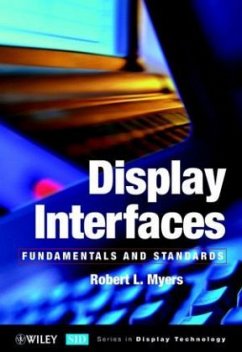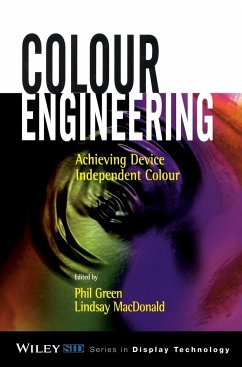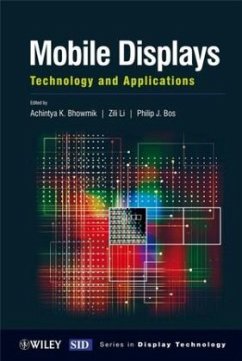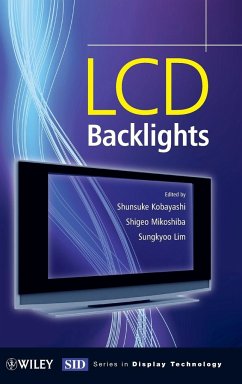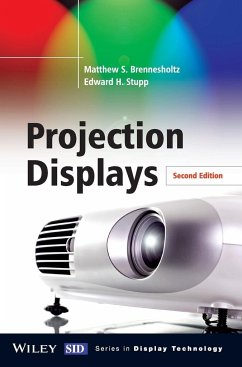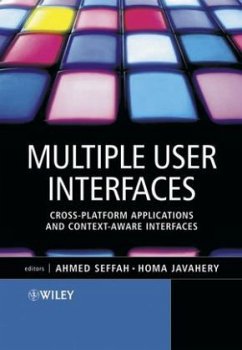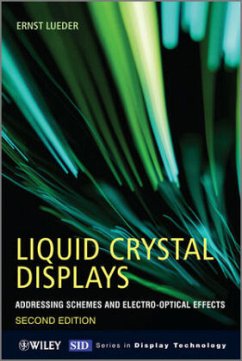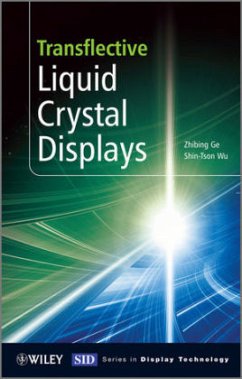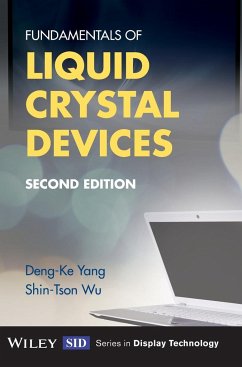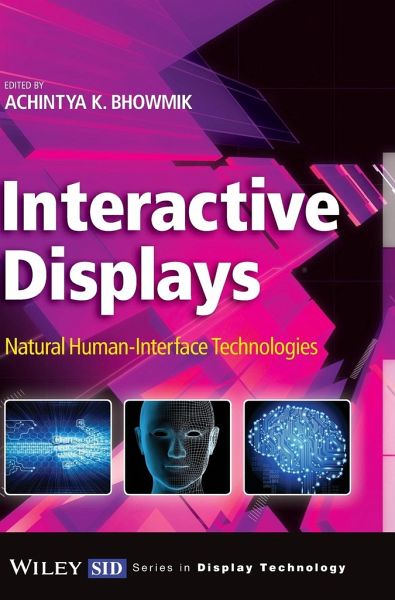
Interactive Displays
Versandkostenfrei!
Versandfertig in über 4 Wochen
140,99 €
inkl. MwSt.
Weitere Ausgaben:

PAYBACK Punkte
70 °P sammeln!
How we interface and interact with computing, communications and entertainment devices is going through revolutionary changes, with natural user inputs based on touch, voice, and vision replacing or augmenting the use of traditional interfaces based on the keyboard, mouse, joysticks, etc. As a result, displays are morphing from one-way interface devices that merely show visual content to two-way interaction devices that provide more engaging and immersive experiences. This book provides an in-depth coverage of the technologies, applications, and trends in the rapidly emerging field of interact...
How we interface and interact with computing, communications and entertainment devices is going through revolutionary changes, with natural user inputs based on touch, voice, and vision replacing or augmenting the use of traditional interfaces based on the keyboard, mouse, joysticks, etc. As a result, displays are morphing from one-way interface devices that merely show visual content to two-way interaction devices that provide more engaging and immersive experiences. This book provides an in-depth coverage of the technologies, applications, and trends in the rapidly emerging field of interactive displays enabled by natural human-interfaces.
Key features:
Provides a definitive reference reading on all the touch technologies used in interactive displays, including their advantages, limitations, and future trends.
Covers the fundamentals and applications of speech input, processing and recognition techniques enabling voice-based interactions.
Offers a detailed review of the emerging vision-based sensing technologies, and user interactions using gestures of hands, body, face, and eye gazes.
Discusses multi-modal natural user interface schemes which intuitively combine touch, voice, and vision for life-like interactions.
Examines the requirements and technology status towards realizing "true" 3D immersive and interactive displays.
Key features:
Provides a definitive reference reading on all the touch technologies used in interactive displays, including their advantages, limitations, and future trends.
Covers the fundamentals and applications of speech input, processing and recognition techniques enabling voice-based interactions.
Offers a detailed review of the emerging vision-based sensing technologies, and user interactions using gestures of hands, body, face, and eye gazes.
Discusses multi-modal natural user interface schemes which intuitively combine touch, voice, and vision for life-like interactions.
Examines the requirements and technology status towards realizing "true" 3D immersive and interactive displays.





